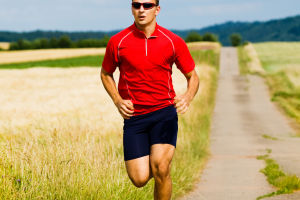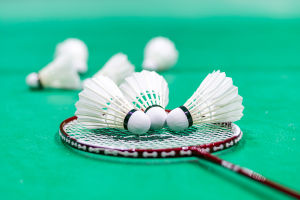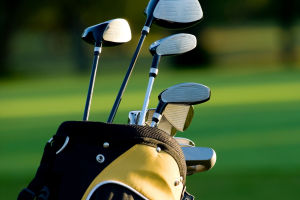A powerful and accurate serve can be a game-changer in tennis. It sets the tone for each point and can put your opponent immediately on the defensive. But mastering the serve is not just about hitting the ball hard; it requires a balance between precision and force.
Are you struggling to find that perfect mix? Let's dive into the key techniques and training methods that can help you serve better and gain an edge on the court.
The Basics of Serve Mechanics
Understanding the fundamental mechanics of the serve is essential. The motion involves several phases: the toss, the backswing, the acceleration, and the follow-through. A consistent toss is the foundation — it must be high and controlled, allowing you to strike the ball at its peak for maximum power and control.
Your body positioning is equally important. Starting with a relaxed stance, you transfer weight from your back foot to your front foot as you swing, generating momentum. Coordinated use of your legs, core, shoulder, and wrist helps convert energy into the ball.
Improving Serve Accuracy
Accuracy depends heavily on precision during the ball toss and timing in the swing. Practice tossing the ball to the same spot every time to ensure consistent contact. Aim your serve by focusing on the target area of the service box, breaking it down into smaller zones during practice sessions.
Visualization techniques can help sharpen focus. Picture your serve landing exactly where you want it before executing. Many top players also incorporate slight adjustments in grip or stance to influence the ball's direction subtly.
Building Serve Power Safely
Power comes from technique rather than brute strength. Generating racket head speed through a fluid swing, combined with a strong push from your legs and hips, amplifies serve velocity. Plyometric exercises and resistance training can strengthen the muscles involved, but form should never be sacrificed for power.
Avoid common mistakes like overusing the arm or rushing the motion, as they can lead to injuries, particularly in the shoulder and elbow. Gradual progression in training intensity is key to building a powerful serve safely.
Drills to Enhance Both Accuracy and Power
Drills that combine precision and power training are highly effective. For example, "target serving" drills challenge you to hit specific areas of the service box repeatedly, while "power intervals" focus on serving at maximum speed for short bursts.
Incorporate shadow swings and video analysis to review your technique and identify areas for improvement. Practicing with a partner or coach who can provide feedback is invaluable.
Psychological Factors: Confidence and Focus
Serve performance is not just physical; mental strength plays a crucial role. Anxiety or overthinking can disrupt your timing and coordination. Techniques such as deep breathing, pre-serve routines, and positive self-talk help maintain calm and focus.
Building confidence through consistent practice allows you to trust your mechanics during match situations, leading to better serve execution under pressure.
Expert Insights and Scientific Support
According to research published in the International Journal of Sports Science & Coaching, players who integrate biomechanical feedback and targeted strength training improve serve velocity by up to 15%. Experts like coach David Smith emphasize that, "a strong serve is built on a foundation of consistent toss and efficient kinetic chain use — power without accuracy is wasted."
Conclusion: Your Serve, Your Tool
Improving your tennis serve's accuracy and power requires dedication to proper technique, smart training, and mental focus. By mastering the fundamentals and incorporating targeted drills, you can transform your serve into a formidable tool that controls points and intimidates opponents.
What challenges do you face in your serve? Feel free to share your experiences or ask questions — I'm here to help you serve like a pro!


